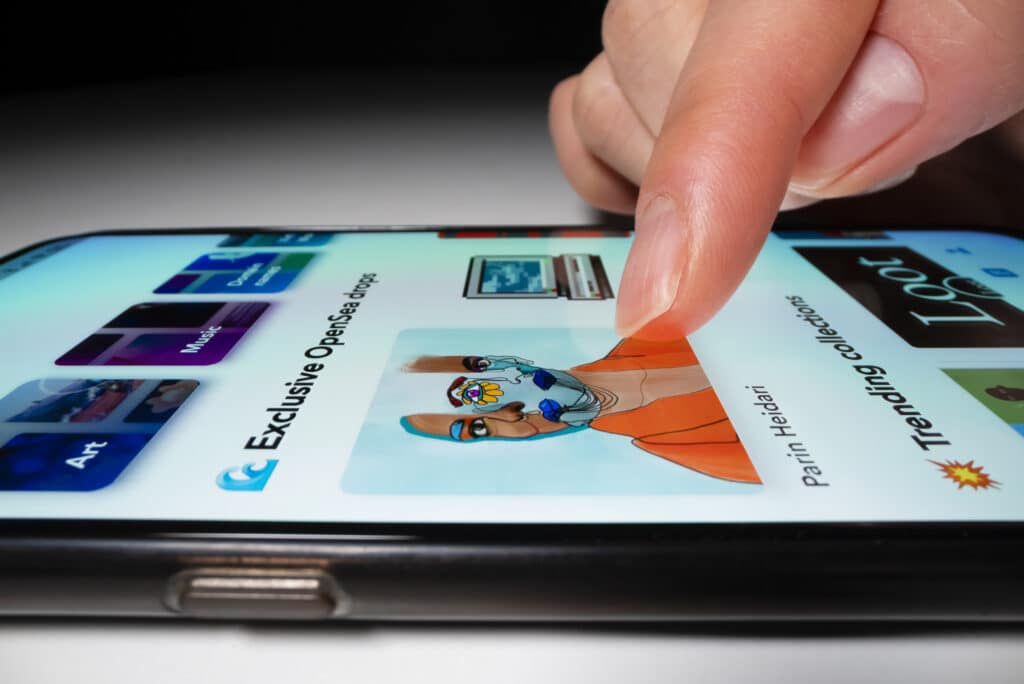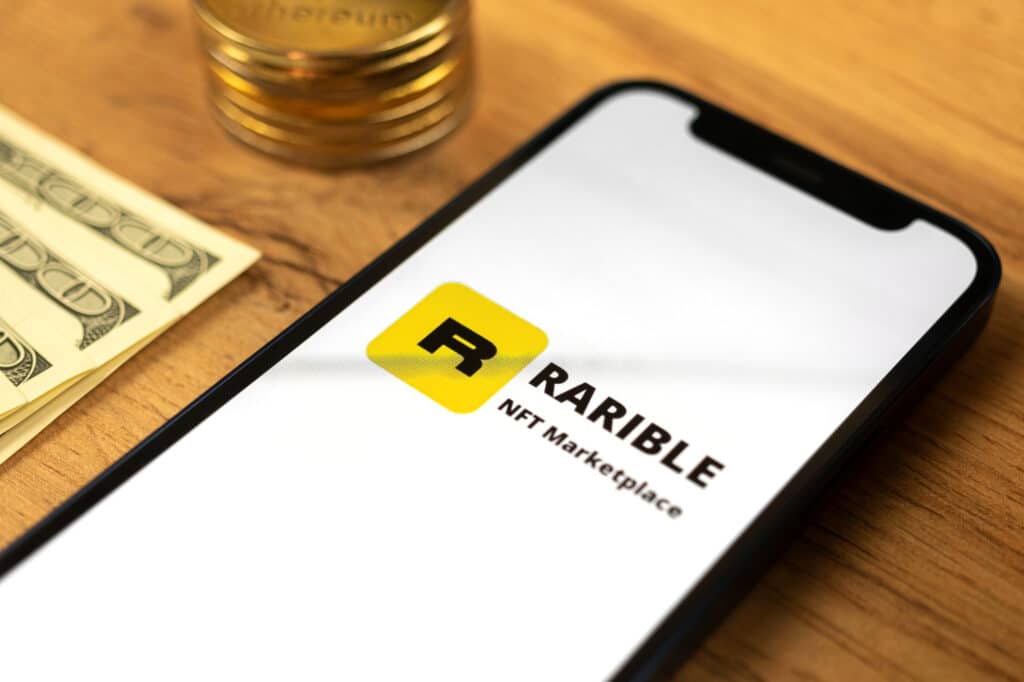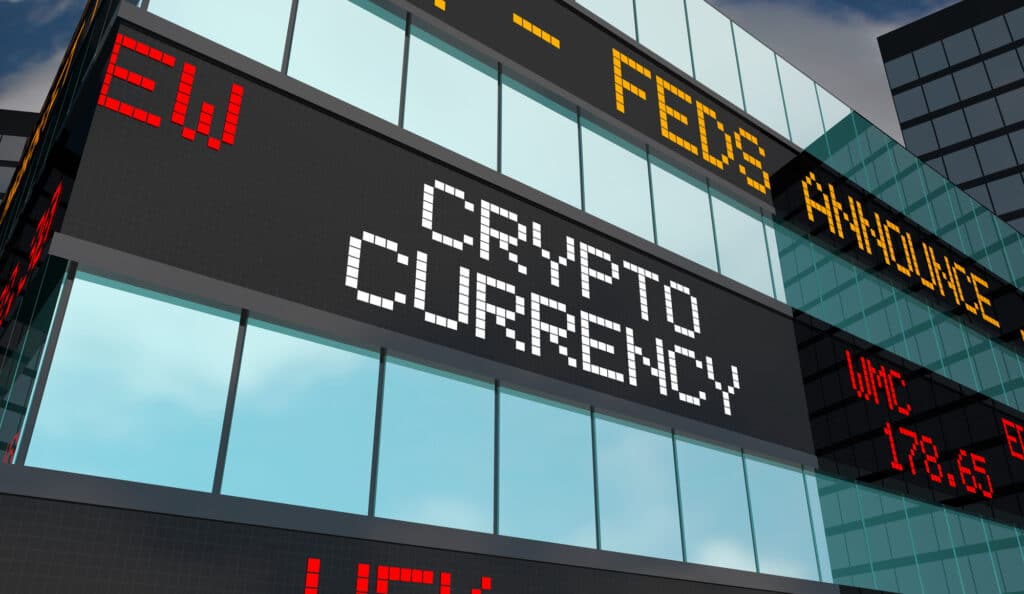NFTs are taking the crypto trading market by storm and revolutionizing the industry by enabling users to sell any tangible or non-tangible asset on the internet. Whether it’s a unique avatar, a rare virtual baseball trading card, artwork, or even your high school poem, you can trade it using your preferred blockchain, including Ethereum, Solana, Cardano, and Tezos, to name a few. However, before you can do that, you need to learn how to create a non-fungible token.
In this post, we’ll cover the basics of NFTs and share the steps to minting your first one on different platforms so you can start earning from it.

What Are Non-Fungible Tokens?
A non-fungible token (NFT) is a cryptographic asset created with the same kind of blockchain-based programming used to build Bitcoin, Ethereum, and other currencies. However, the key difference is that NFTs are non-interchangeable units of data with unique identification codes and metadata – hence, the term “non-fungible.”
Simply put, non-fungible tokens store data. This data could be:
- Game objects/avatars/skins
- Web 2 databases
- Access codes
- GIFs
- Collectible
- Identity
- Location
- Redeemable
- Art and music
- Real estate
- Historical artifacts, etc.
In contrast, cryptocurrencies store monetary value, which can be used to purchase goods and services. In most cases, NFT files aren't actually stored on blockchains. Instead, users store the link to the file’s location.
How to Create a Non-Fungible Token
Now that you’re up to speed with non-fungible tokens, here’s a step-by-step guide to creating your first NFT:

1. Determine If You Want to Store Or Sell Your NFT
If you’re new to crypto trading, you need to decide whether you want to simply secure your digital files in a blockchain or sell your NFT. Most NFT platforms charge a transaction fee for trading NFTs so you’ll need to be proactive in deciding what you’re going to do with your creation.
Secondly, you should know that most NFT platforms run on the Ethereum blockchain, which uses an energy-intensive operating model. Simply put, if you intend to sell your NFT, you are using a system with a massive carbon footprint. The good news is that there are blockchains that consume less energy. However, they might not be as popular or as profitable as Ethereum.
2. Decide On Your NFT Concept
Next, you need to decide what you'll be storing inside your NFT. Are you looking to store audio clips of your music, tickets to an exclusive event in the future, a rare or limited edition comic book, sketches, and paintings, or your Axie Infinity Axies? Whatever you’re planning to store, it should have a certain level of perceived value to your target audience.
3. Pick A Platform
Most people believe you need to be incredibly tech-savvy to get into crypto trading. While this can help, it’s not necessarily a mandatory prerequisite. Plus, if you don’t have coding skills or an IT background, non-fungible tokens are an excellent alternative to cryptocurrency mining and trading.
However, creating and selling NFTs is a reasonably complex process, so we recommend opting for a beginner-friendly platform. Popular options include:
§ OpenSea
OpenSea is the world's largest NFT marketplace headquartered in New York City. It's an Ethereum and Polygon-based platform for buying, selling, and auctioning multiple types of NFTs, especially artwork. You can upload or "mint" your file into your profile and list it on the platform. However, since it works on the Ethereum blockchain (partially), you have to pay high service fees or "gas."
§ Rarible
Rarible is an Ethererum, Flow, and Tezos-based NFT platform popular for creating and trading NFTs containing books, movies, music, and digital art. It’s among the only platforms allowing users to take a sneak peek of users’ creations to build trust before transactions.
§ Holaplex
Holaplex is an NFT platform built by creators for creators. The Solana-based platform also allows users to discover, explore, and collect NFTs related to digital art and content. It is more cost-effective compared to OpenSea.
4. Pick A Compatible Wallet
Next, you need to invest in a place to store your NFTs safely. This is where a crypt wallet comes in. Popular options include Spire, Temple Wallet, Galleon, Umami, and Kukai Wallet, to name a few. However, you need to ensure that the wallet you pick is compatible with your platform.
5. Spread the Word and Build Your Community
Before you create your NFT and put it up for sale, you need to connect with your target audience and build your community on social media channels like Twitter, Facebook, YouTube, and Discord. You can also join crypto forums, especially those related to crypto gaming. You can also share samples of your artwork and content to attract potential buyers.
6. Create Your Art, Music, Or Content
Next, you need to create and finalize your value offerings. Whether it’s a painting, in-game character, or music, take your time to ensure the best results. Once you’re done, pick a file type for your content according to your platform’s compatibility. For instance, OpenSea accepts PNG, MP4, JPG, MP3, WAV, GTLF, OGG, etc. Secondly, make sure it’s no more than 100 MB in size.
7. Mint And Share Your NFT
To mint your first NFT, look for the create button on your preferred platform. Next, upload your creation in the supported format. Once you’ve created it, you can share the link on your social media accounts. To sell your NFT, you’ll either put it up for auction or sell it for a fixed price. Your NFT will then be listed on your platform.
Conclusion
From our simple guide on how to create a non-fungible token, you might have understood that creating your first NFT would take some trial and error. However, once you get through the process, it'll become easier from then onwards. So, what are you waiting for? Check out the best NFT platforms in the market today and sell your digital creations and assets for huge returns.
The post Minting Your First NFT - A Beginner’s Guide to Creating an NFT appeared first on Fat Pig Signals.
https://ift.tt/ijBHpxQ

Nenhum comentário:
Postar um comentário